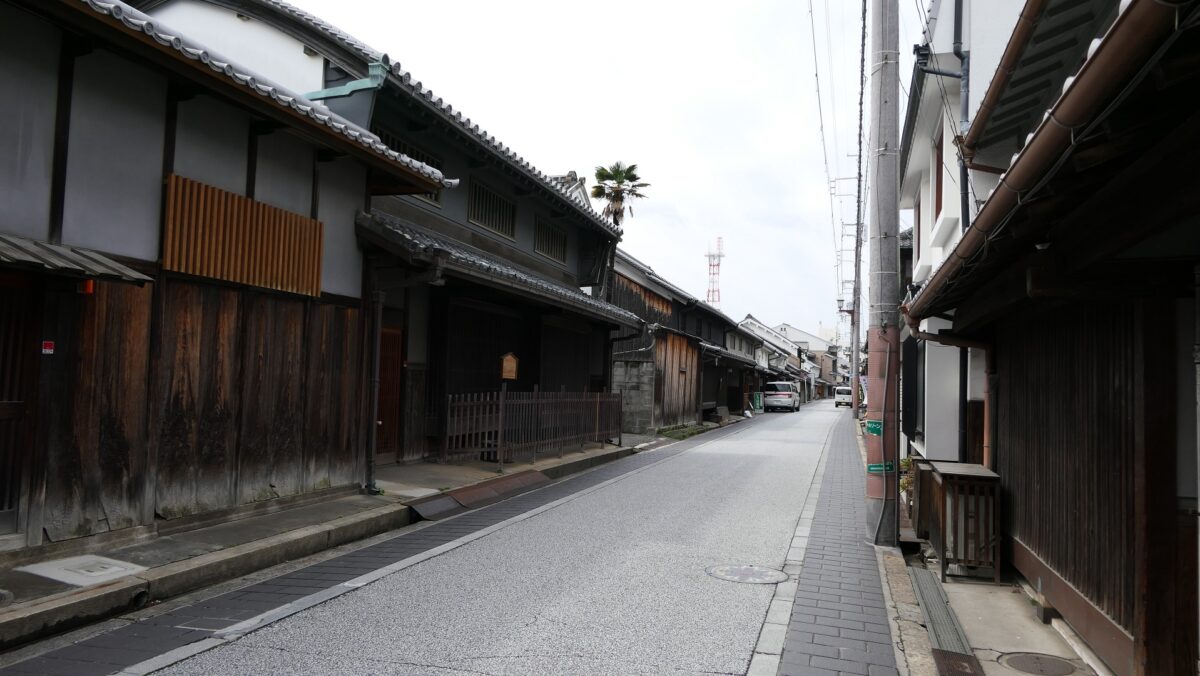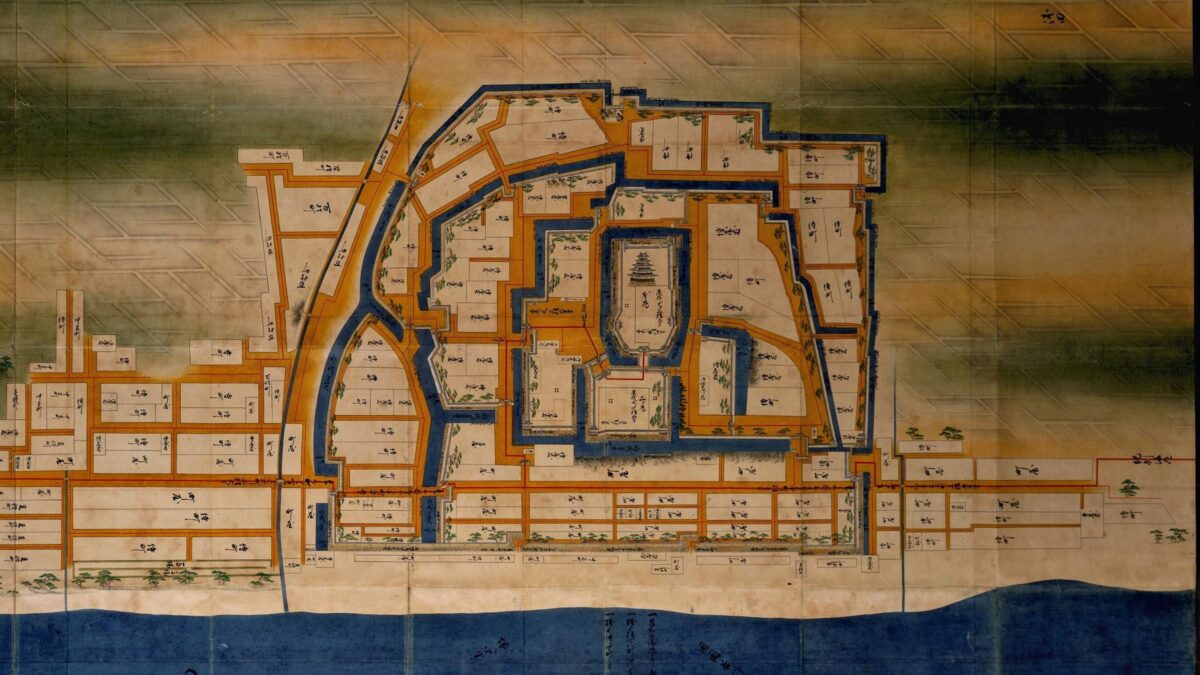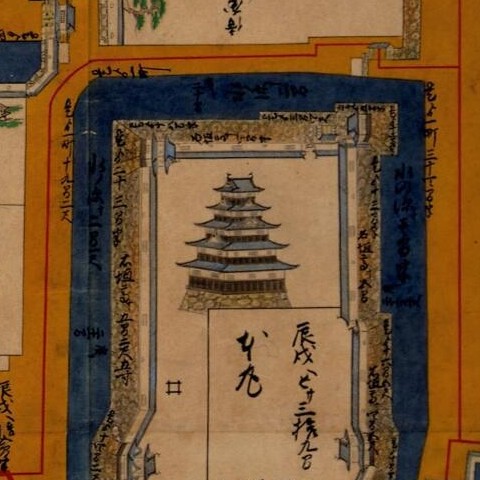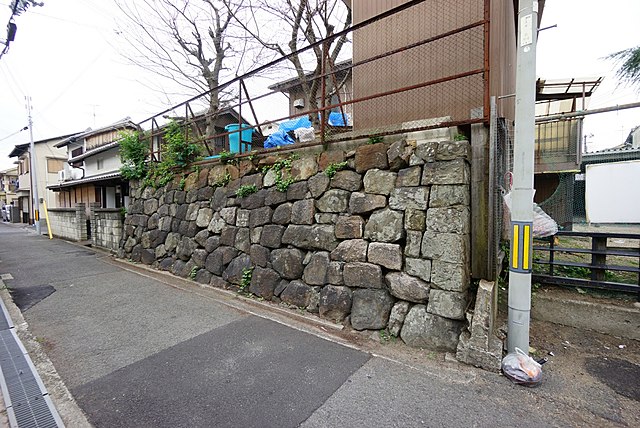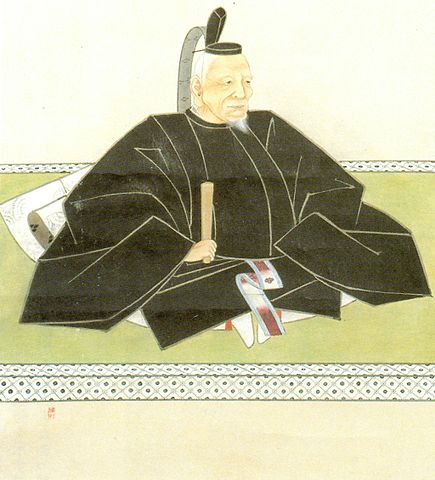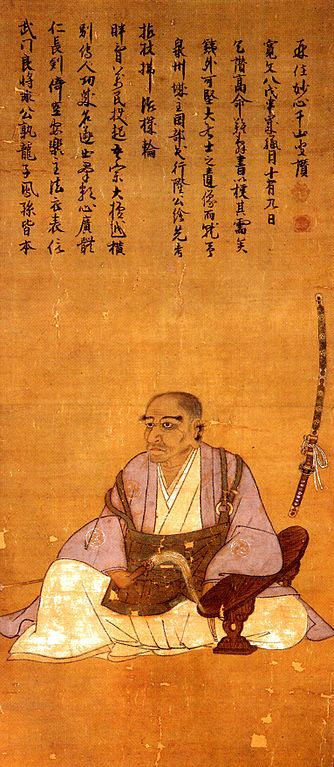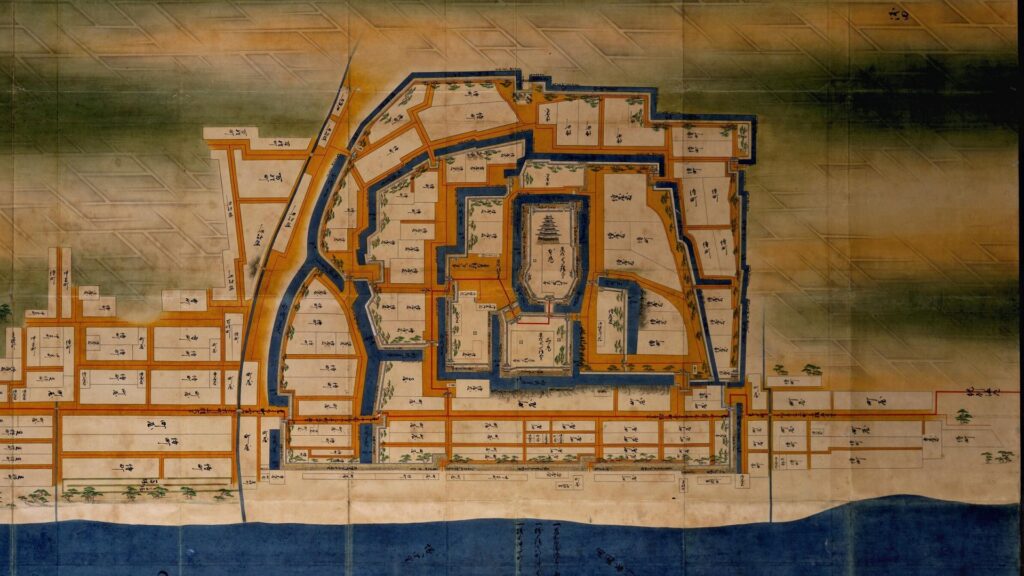How to get There
Today, you can access the current Kishiwada Castle from Kishiwada or Takojizo Stations on the Nankai Line by foot. Takojizo Station is the nearest, but if you walk from Kishiwada Station towards the western direction, you have to turn right at the Kishiwadaeki-minami Intersection, and then turn left at the Shiromibashi Intersection, there you can see the stone walls of the Eastern Main Gate Ruins at the Kishiwada City Library on the way. The gate was the front one in the early stage of the castle and it looks interesting combined with the library’s entrance. Both routes are flat and easy to access.
The map around the castle, the blue broken line shows the route from Kishiwada Station to the castle through the Easten Main Gate, the red broken line shows the route through the Kishu Road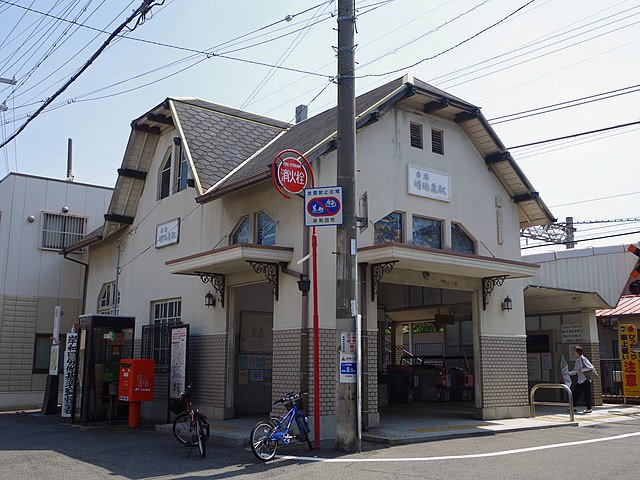
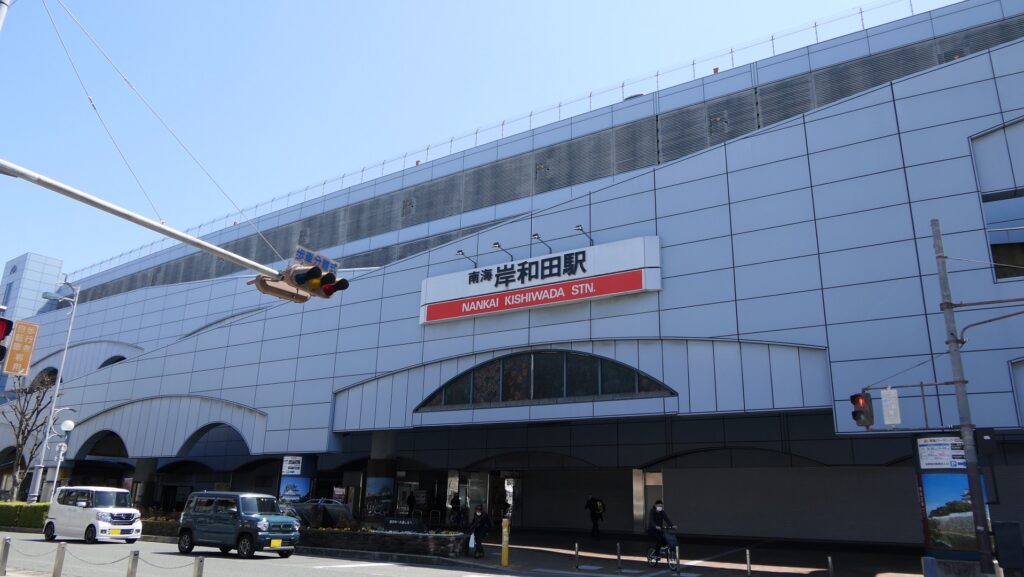
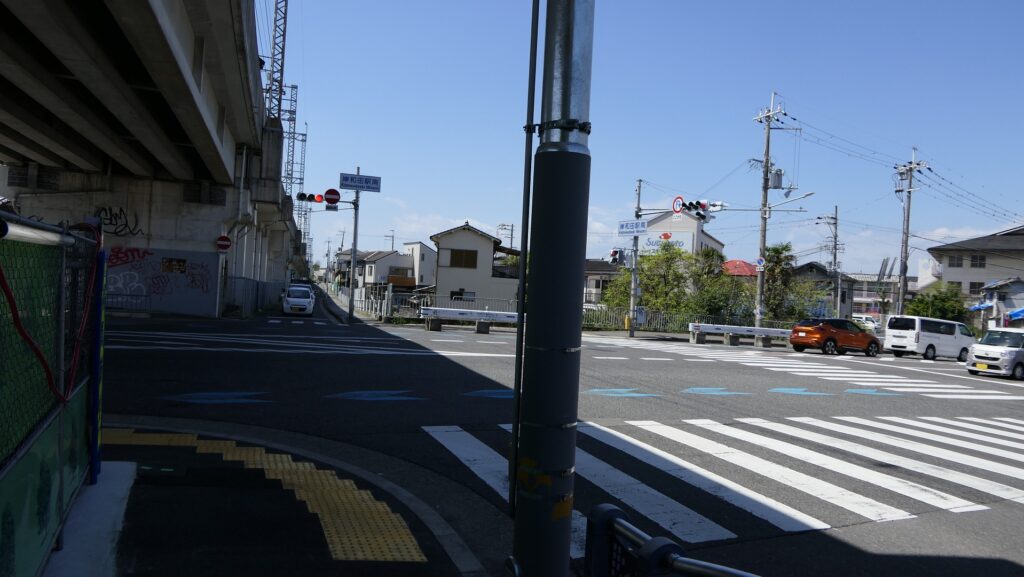
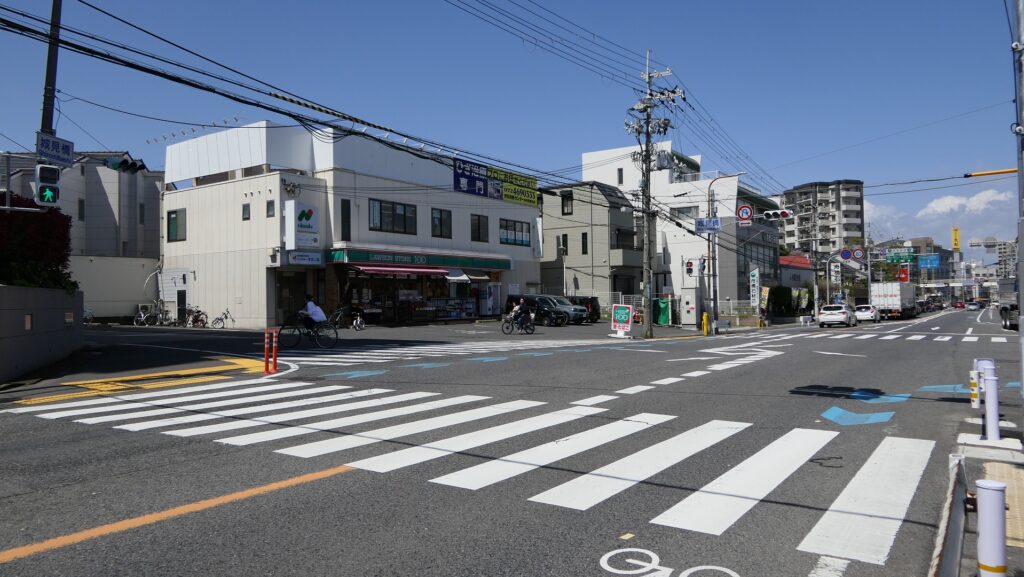
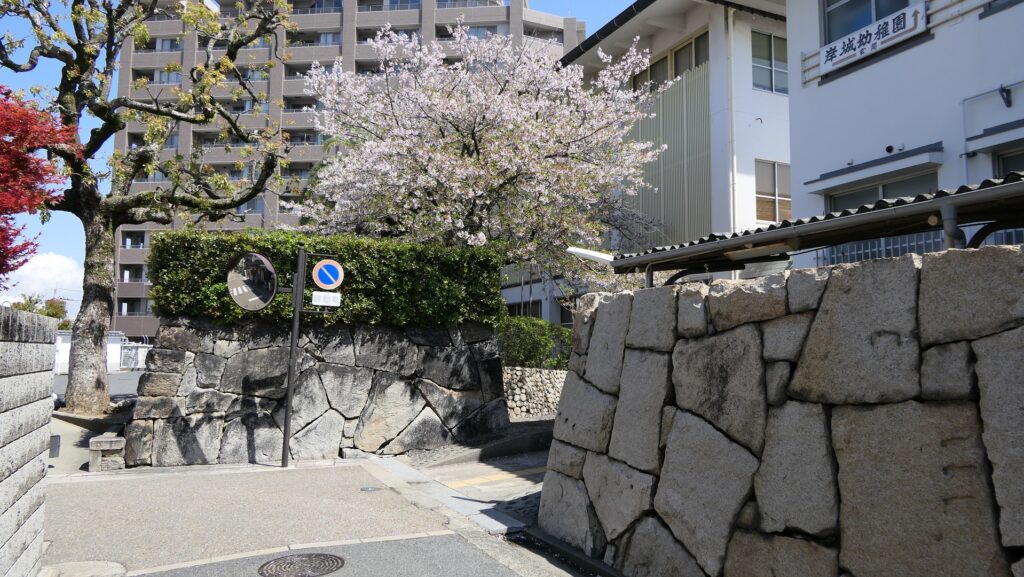
However, I recommend using a detour route to the castle through the former Kishu Road and castle town. This is because you can understand how the castle and town were developed by seeing them. You can also choose one of the other nearer routes above when you return to the station. If you first choose the route though the Kishu Road to go to the castle, go on the shopping street in front of Kishiwada Station until you meet the road. The road still has a laid-back atmosphere with some traditional buildings and you will see it has been intentionally zigzagged to prevent enemies from invading the town easily. As you get closer to the castle, you will find the road goes on a lower land than where the castle is located. Maybe the road was the coastline or below the sea in the past while the current coastline is far from there. If you climb the moderate slope to the castle across the modern road, the great high stone walls of the Second Enclosure will come into view.

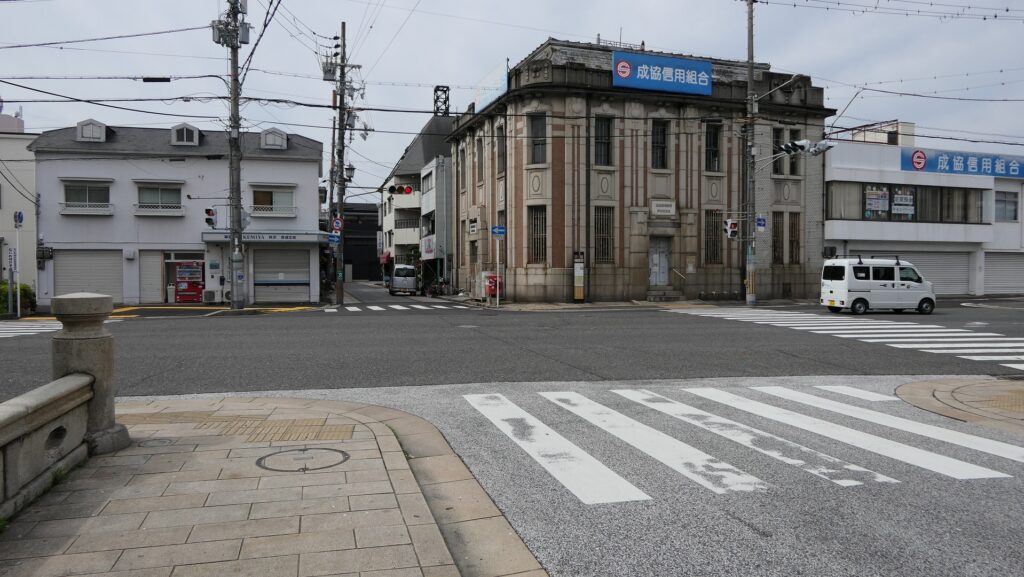
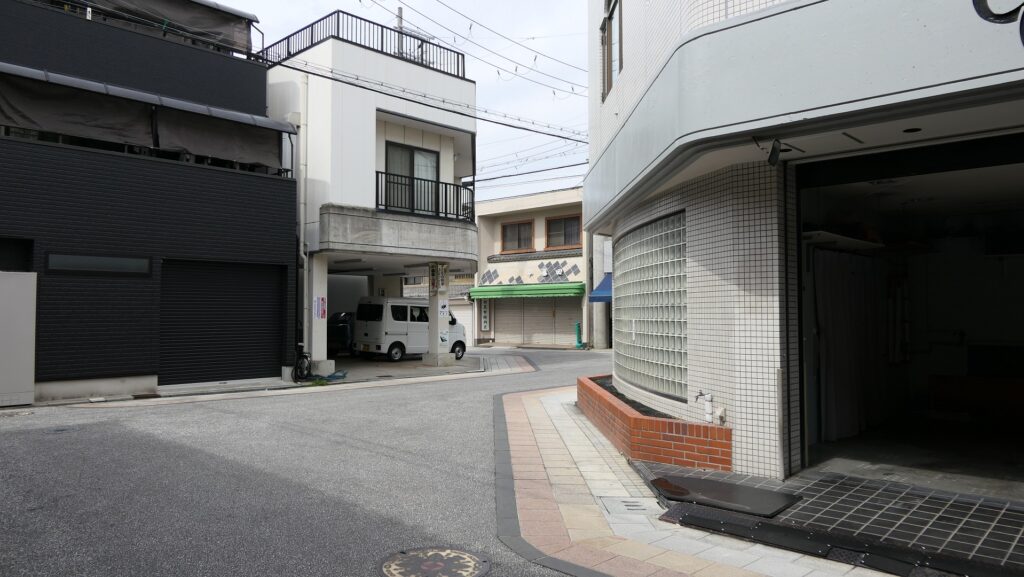
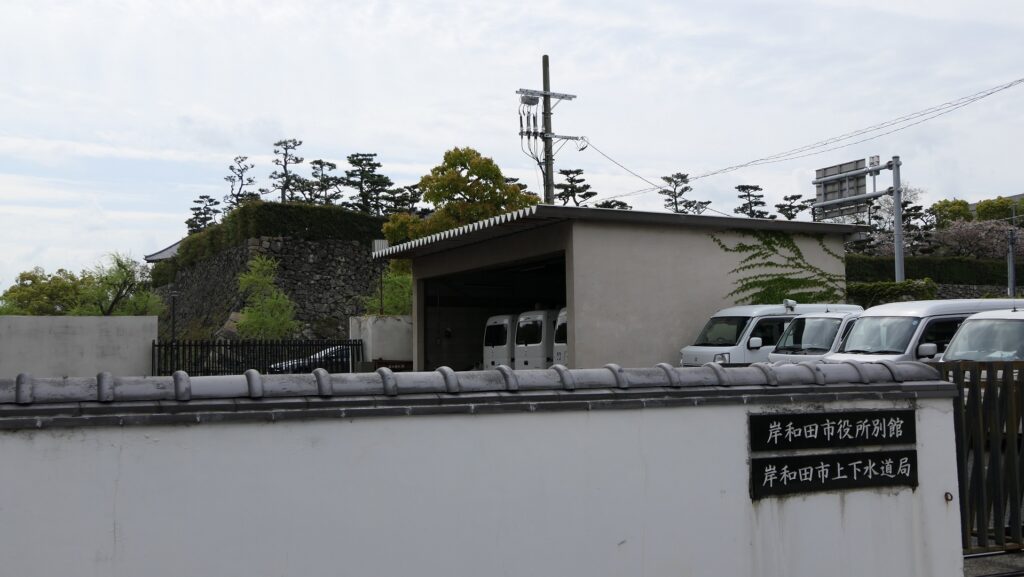
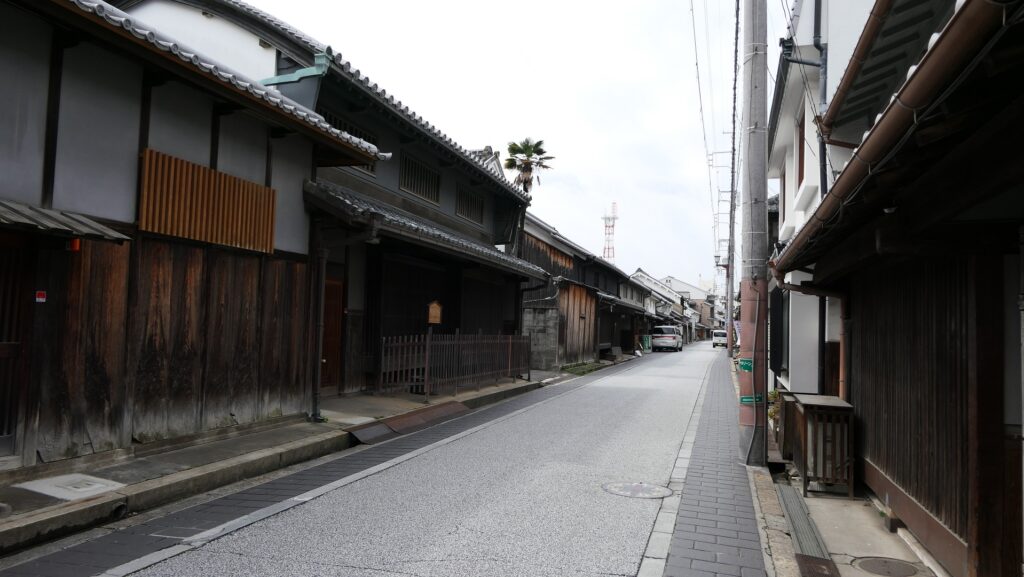
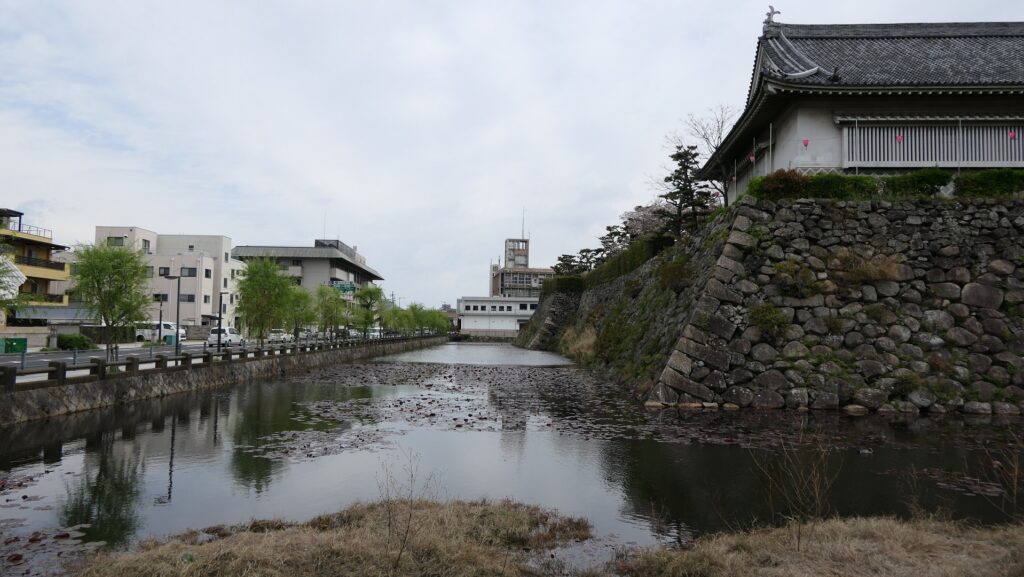
In addition, if you want to visit there by car, it is about 30 minutes from Kishiwada-izumi IC or Kaizuka IC on the Hanwa Expressway. There are several Kishiwada municipal parking lots around the castle.
From Tokyo to both stations: Take the Tokaido Shinkansen super express, transfer to the Midosuji Line on Osaka Metro Subway at Shin-Osaka Station and transfer to the Nankai Line at Nanba Station.
Features
Gate Ruins connecting Center of Castle
Today, only the Main and Second Enclosures remain with the original stone walls and water moats, and reconstructed buildings in the Main Enclosure. In the past, the Northern and Western Main Gates were open to the castle town side. Currently, the Northern one has become the entrance of the Kishiwada City Hall and the Western one has become a parking lot next to the Danjiri Hall, where you can access the ruins from as well. You can see some remaining stone walls and foundations of the gates on the way. The Second Enclosure is accessible from both sides by going across earthen bridge over the moats.
The aerial photo around the castle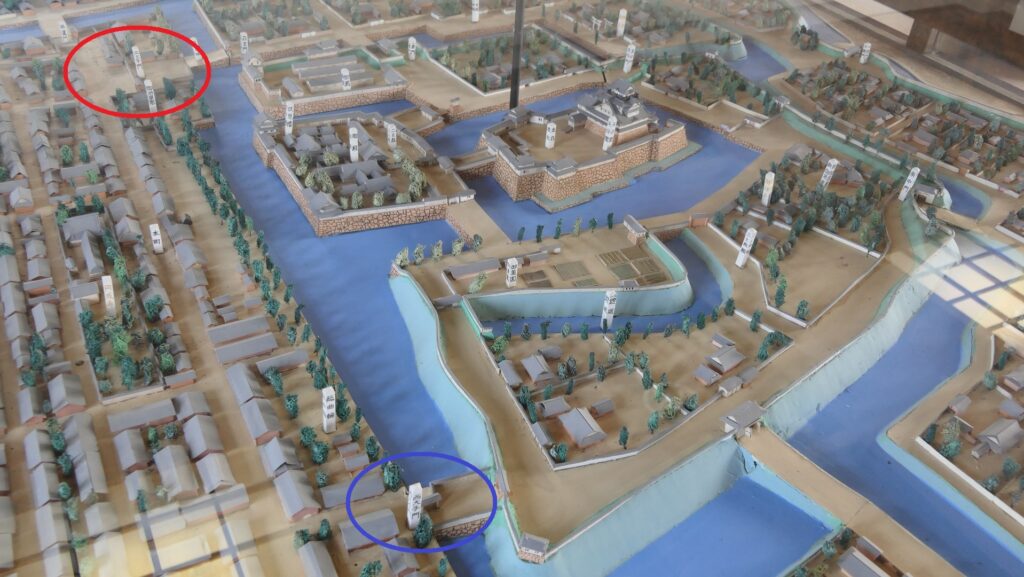

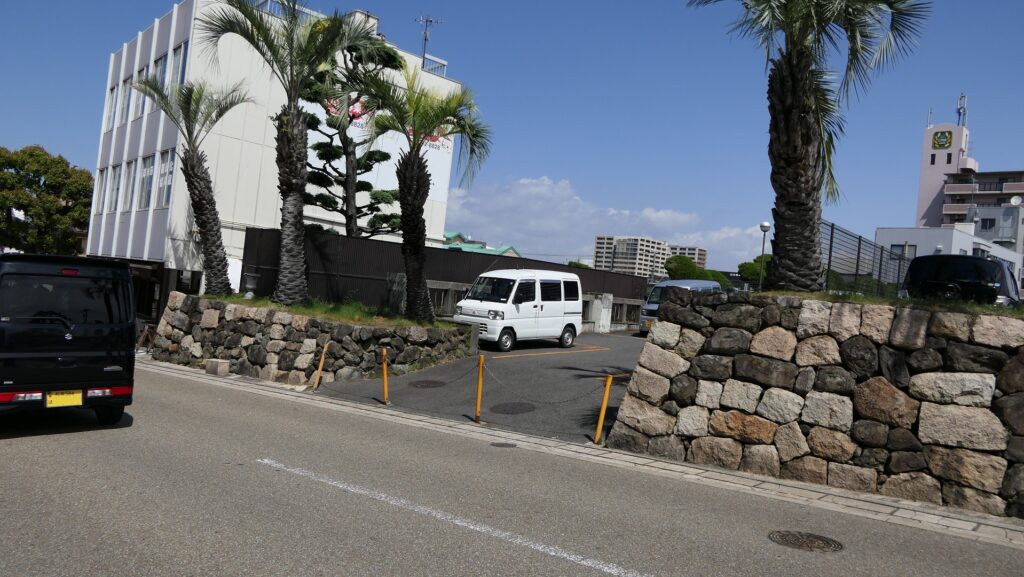
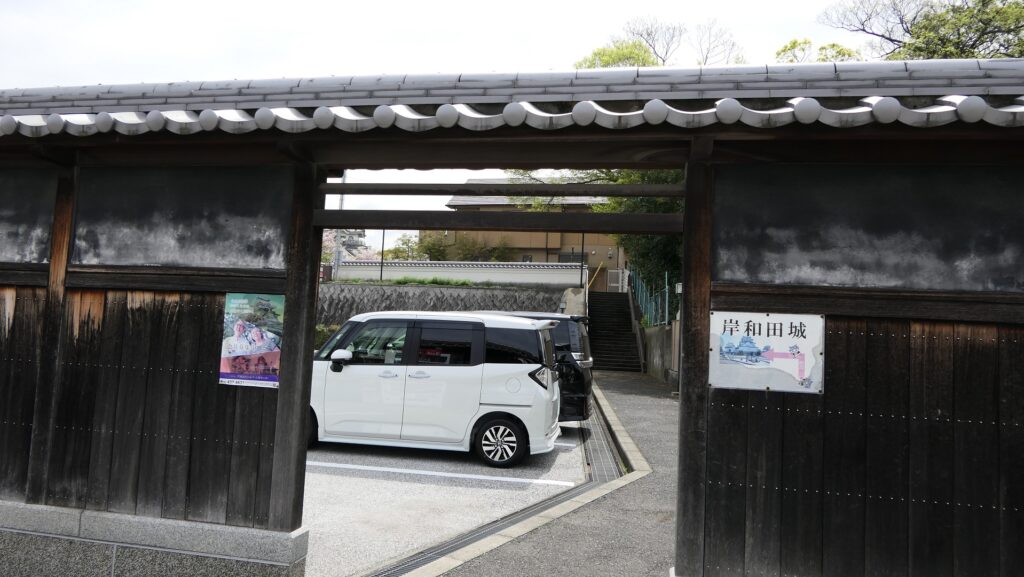
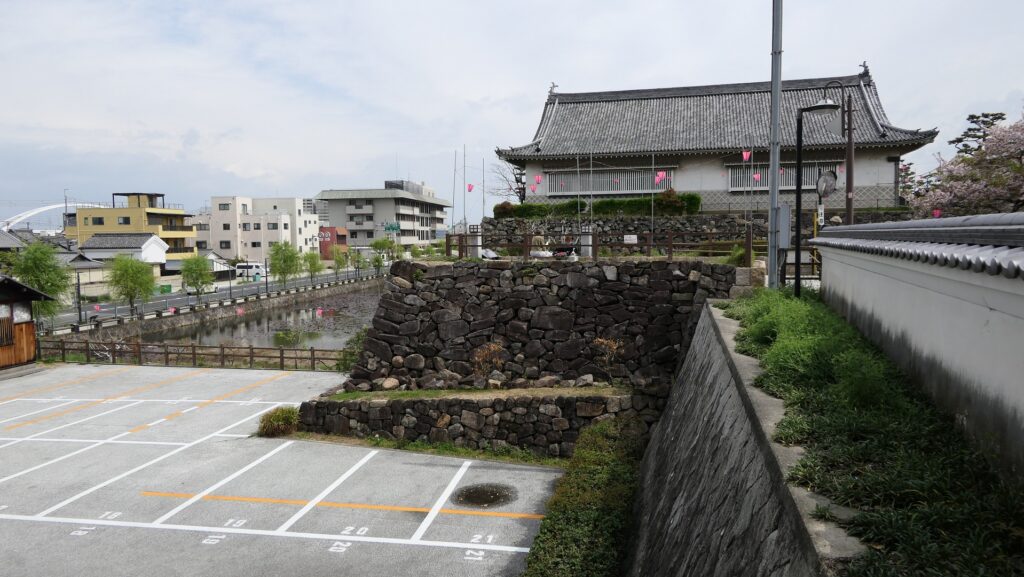
Second Enclosure may be former Main Enclosure
The Second Enclosure had the Main Hall and Fushimi Turret which was moved from Fushimi Castle, but now has modern facilities such as an information center. The enclosure looks to the edge of the hill which was actually on the sea in the past. It was also said this enclosure was the former Main Enclosure, backed by the sea, when the castle was still small. Therefore, you may want to see a view of the city area (the former sea) around, however, you can not see it because of the tall hedge fences in that direction.

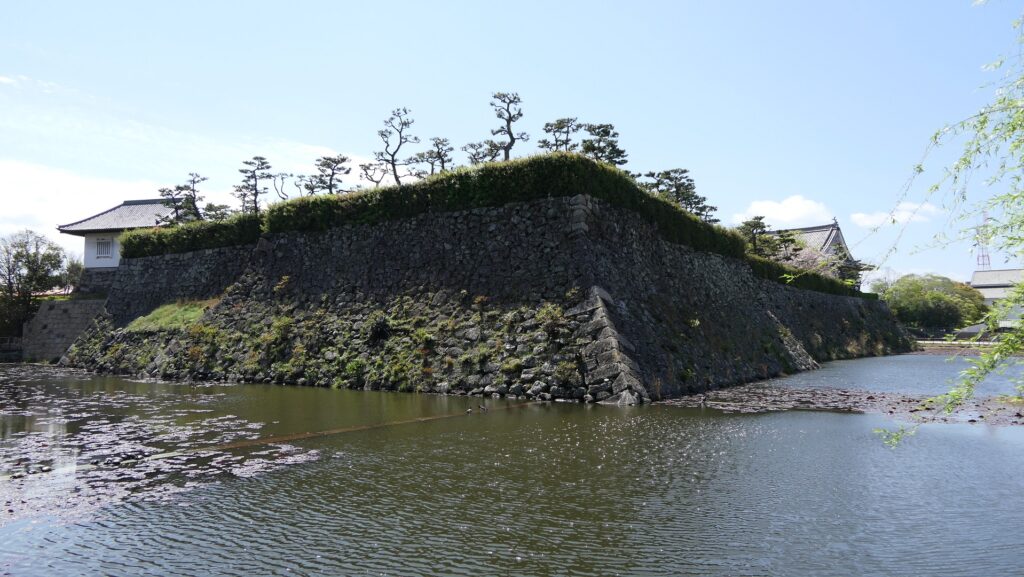

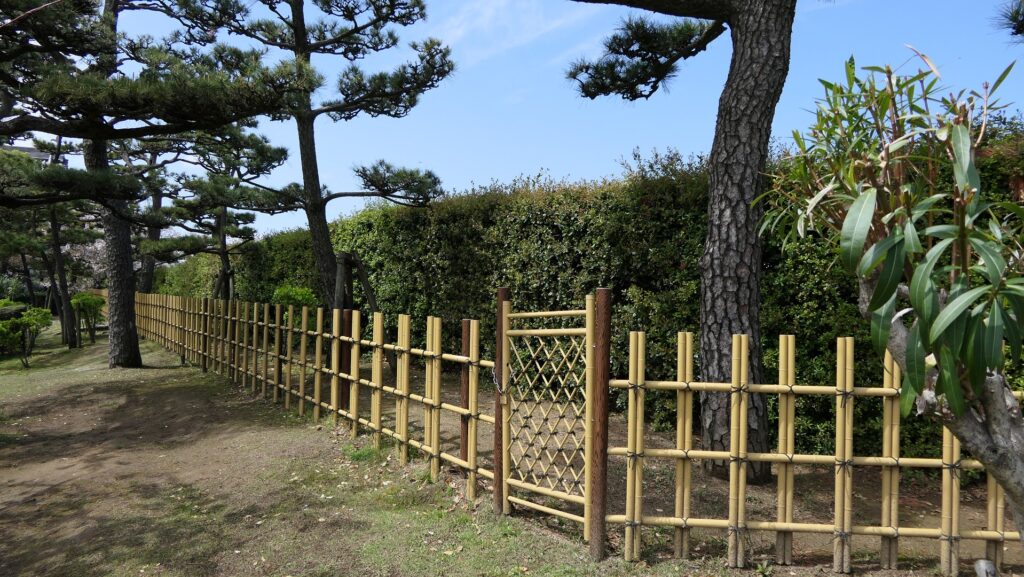
To be continued in “Kishiwada Castle Part3”
Back to “Kishiwada Castle Part1”

